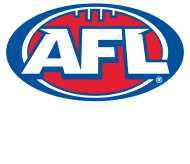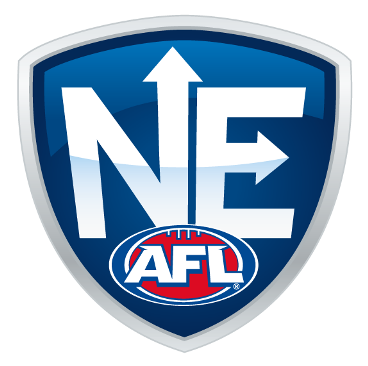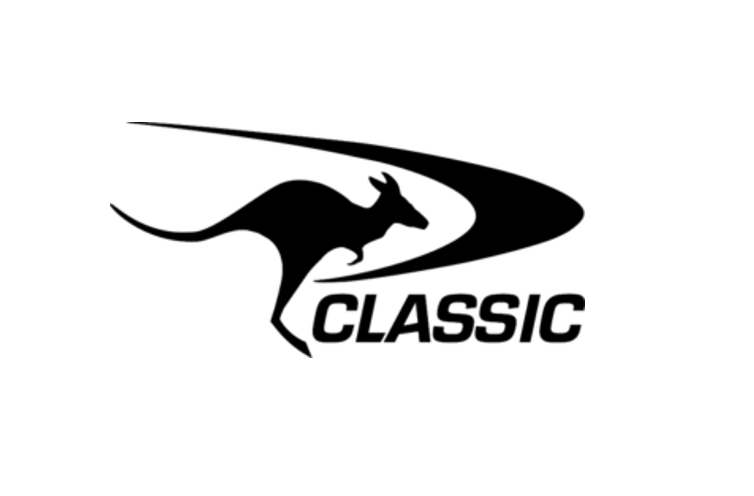AFL NSW/ACT and AFL Queensland have outlined changes to the North East Australian Football League (NEAFL) that will see its continued development as the leading second-tier Australian Football competition in New South Wales, Queensland and the ACT.
AFL NSW/ACT and AFL Queensland have outlined changes to the North East Australian Football League (NEAFL) that will see its continued development as the leading second-tier Australian Football competition in New South Wales, Queensland and the ACT.
The range of proposed changes, in accordance with the NEAFL’s ongoing expansion and long-term development, will enhance the League’s talent pathways while ensuring clubs and players alike are best placed to reach their full potential.
As part of the NEAFL’s next phase of growth, a series of measures – such as streamlining the competition structure, improved compliance and financial benchmarks, bolstering talent pathways and state leagues – will be undertaken ahead of the 2014 season.
Following a consultative process between AFL NSW/ACT and the NEAFL Eastern Conference clubs; Tuggeranong Football Club and AFL NSW/ACT have agreed upon the non-renewal of the club’s NEAFL licence following the conclusion of the 2013 season.
The NEAFL is the premier development league in Australia’s northern and eastern regions, providing player talent to the relevant state leagues along with the associated AFL clubs.
The NEAFL was introduced in 2011 and is made up of clubs from Sydney, Brisbane, the Gold Coast, Canberra and the Northern Territory – including reserves sides from AFL clubs the Sydney Swans, the Greater Western Sydney GIANTS, the Brisbane Lions and the Gold Coast SUNS. Matches are played in Canberra, Sydney, Brisbane, Gold Coast, Darwin, Alice Springs plus regional areas Newcastle, Wagga Wagga and Cairns.
The NEAFL currently consists of two conferences, the Northern Conference (QLD & NT teams) and the Eastern Conference (NSW & ACT teams); however, under the proposed changes the competition will move to a singular league, no longer operating under the conference system.
AFL NSW/ACT General Manager Tom Harley, said the NEAFL had reached the next stage in its development after establishing itself over the past two years.
“In a short period of time the NEAFL has proved itself to be the premier development league for the associated clubs in our northern and eastern regions,” Mr Harley said.
“We have now reached the next stage in the NEAFL’s expansion and we’re excited to make the step up. I’ve no doubt these changes will further enhance the standard of competition while ensuring clubs continue to be well run, viable organisations that provide the perfect breeding ground for the next generation of AFL stars.
“We have an obligation to foster clubs that are financially sound, provide a professional environment for young athletes to reach their potential, raise the profile of the sport and positively impact both metropolitan and regional communities.
“In order to meet these objectives the NEAFL must continue to evolve and we’re now entering the next stage in a vitally important growth cycle. We look forward to ongoing dialogue with the clubs and working with them to achieve the best outcome for the League and the game’s continued growth.”
AFL Queensland Chief Executive Officer, Michael Conlan, said Queensland and the NEAFL would also benefit from increased investment in the state league, with the Queensland Australian Football League (QAFL) set to undergo an array of developments in the coming months.
“The standard and depth of Australian Football in Queensland is set to also greatly benefit from a number of improvements to the QAFL. The QAFL continues to be an excellent pathway for talented young footballers in this state and that will only be enhanced by a series of proposed changes on the horizon,” Mr Conlan said.
“The state league is hugely important to those players aspiring to the NEAFL and the AFL itself and we recognise the need to continually improve the standard of competition and clubs involved in the QAFL. We’re committed to providing young athletes with a clear and professional pathway to the elite level and the QAFL is pivotal to achieving that objective.”



























































